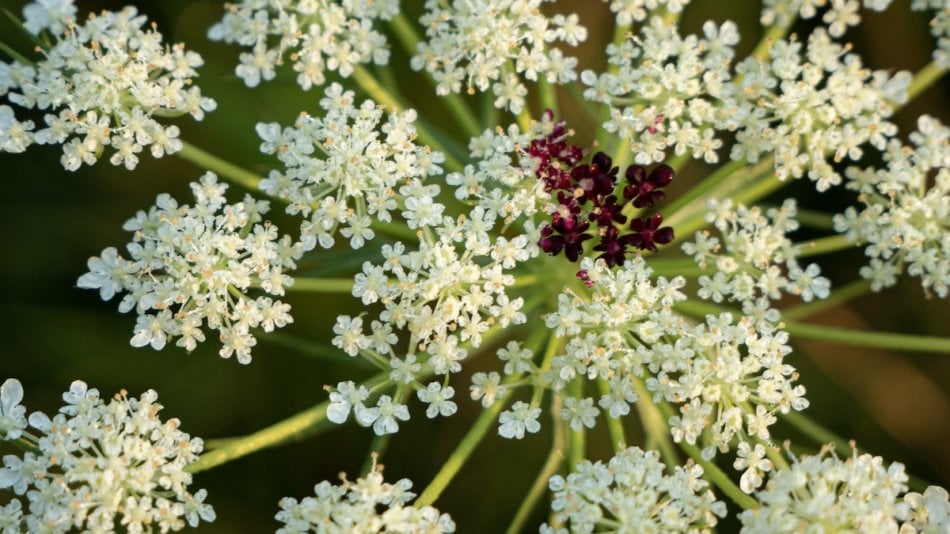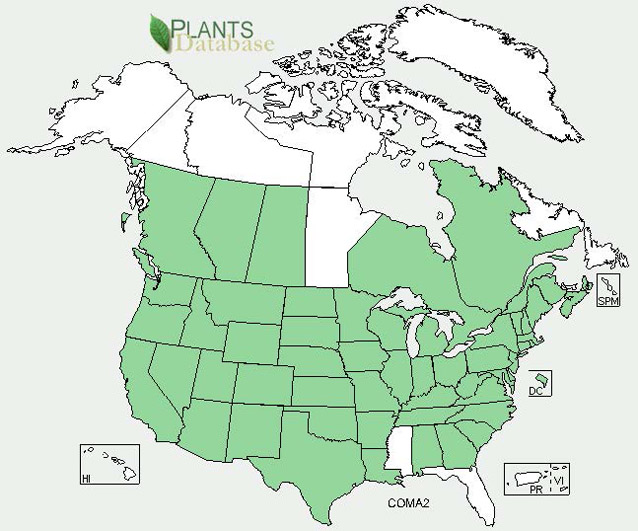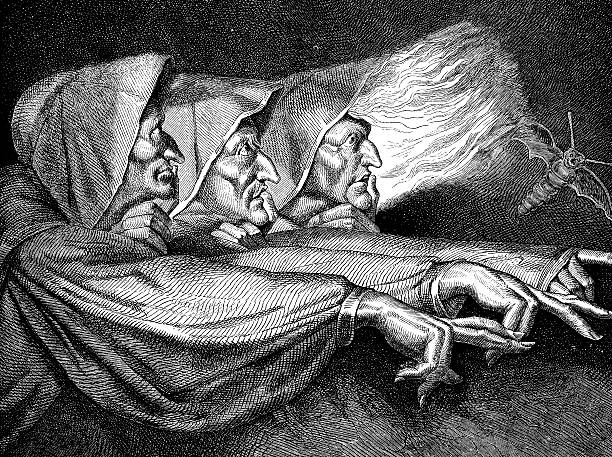At a Glance: Hemlock & Queen Anne's Lace
So many plants we encounter look alike and can be mistaken for one another. If you live in PA, one of those common mistakes is confusing hemlock with Queen Anne's lace.
Be aware though - confusing the two could be dangerous and even deadly.
Know the Difference
If you spend time outdoors hiking with kids or animals, it's good to know the landscape, agriculture and horticulture, and animals you may encounter.
This post will provide a brief overview of the dangers of hemlock, how to differentiate it from Queen Anne's lace, and give a brief look at the literary and historical significance of both.
Hemlock
Hemlock is an invasive plant that causes a rash and can be fatal if swallowed. It looks almost identical to the classic American wildflower known as Queen Anne's lace.
Both plants have white fern-like foliage mass tops; however, hemlock has multiple little flower clusters on one stem, has a smooth stem, but does not have a purple center.
Here is a picture of hemlock:

Queen Anne's Lace
Queen Anne's lace, commonly known as wild carrot, has a compound flower with a gathering of clusters on one stem, has a hairy stem, and has a dark purple center.
Here is a picture of Queen Anne's lace from my garden:
Here is a picture from Farmers' Almanac
Know the Locations
Hemlock runs rampant in urban and suburban areas, roadsides, mowed edges, backyards, and along fences. It can run along power lines and be a danger to cattle and other animals.
They bloom early in the season and last throughout most of the growing season.
According to the Plants Database of the National Park Service, these states are likely to contain poison hemlock.
Know the Danger
Throughout its growing cycle, the entire plant is poisonous, but the root and seeds contain most of the poison alkaloid. There are many scholarly articles that discuss both the medicinal values and the poisonous dangers of alkaloid.
It is recommended to treat any skin contact with hemlock the same as poison ivy; wash thoroughly as the rash can be severe. Contact with the skin can cause a blistering rash.
Ingestion of any part (seeds, flowers, leaves, fruit, can be fatal due to the alkaloids - known to affect nerve impulse transmission to your muscles, eventually killing you through respiratory failure.
Here are a few references to consult for additional information.
Literary & Historical Significance
The Hex of Hemlock - Witch's Brew
"Double, double toil and trouble: Fire burn, and cauldron bubble." - Macbeth, Act IV, Scene 1 According to A Writer's Guide to Poison Hemlock, "hemlock is associated with necromancers and witches"and believed the witches used it for, "astral projection and hexing," making it a perfect ingredient for witches' broth in Macbeth.
Macbeth says, "root of hemlock digg'd i' the dark." - Macbeth, Act IV, Scene 1
The witches concoct a brew "...to conjure the souls of the dead. Along with magical animal parts and cursed objects thrown into the cauldron, the witches include plant ingredients: poison hemlock and yew" (hortmag.com).
"In the Language of Flowers, it means: you will be my death(.)
The Lore of Queen Anne's Lace
According to Farmers' Almanac, historical stories surrounding the wildflower include Queen Anne and her miscarrying children or pricking her finger on a needle while sewing. It also states there is symbolism and meaning in the flower, "Because Queen Anne's Lace features delicate, lace-like flowers, is is associated with beauty, and many women added the flower to their baths in hopes of attracting love."
American Imagist poet, William Carlos Williams, 1883-1963, wrote a poem called, "Queen-Anne's-Lace." As an Imagist poet, he believed in portraying concrete imagery instead of lofty intangible ideas. In this poem he compares a woman to the wildflower; however, for as beautiful as the wildflower is - it is technically still a weed. Yet, if you're drawn to the meaning behind the words, there are many excellent analyses on the poem.
Her body is not so white as
anemone petals nor so smooth—nor
so remote a thing. It is a field
of the wild carrot taking
the field by force; the grass
does not raise above it.
Here is no question of whiteness,
white as can be, with a purple mole
at the center of each flower.
Each flower is a hand's span
of her whiteness. Wherever
his hand has lain there is
a tiny purple blemish. Each part
is a blossom under his touch
to which the fibres of her being
stem one by one, each to its end,
until the whole field is a
white desire, empty, a single stem,
a cluster, flower by flower,
a pious wish to whiteness gone over—
or nothing.
* anemone - a genus of flowering plants in the buttercup family Ranunculaceae; genus commonly called wildflowers
* wild carrot - the common name for Queen Anne's Lace
William Carlos Williams captures the exact image and definition of the wildflower in this poem. If any part of it sticks in your mind, it may help you to differentiate it from hemlock if you come across it in your travels.





No comments:
Post a Comment